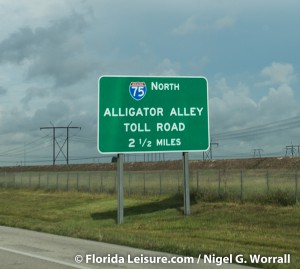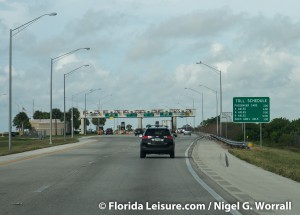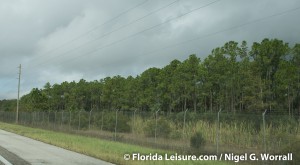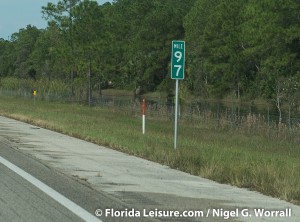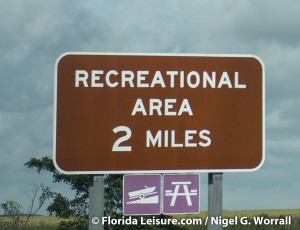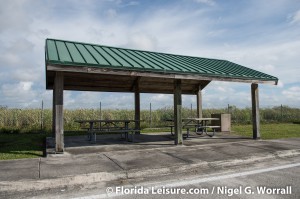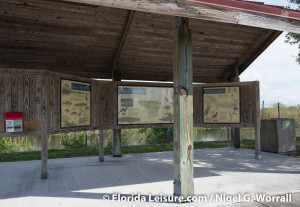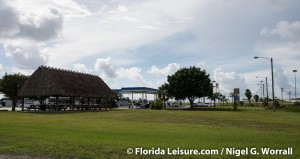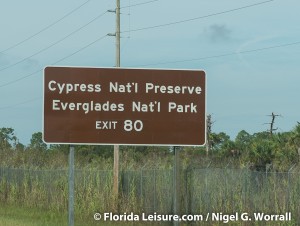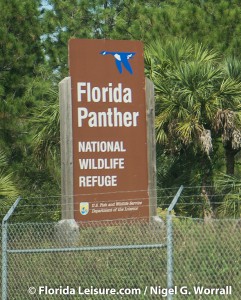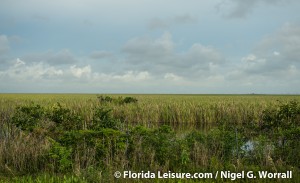A Trip Across Alligator Alley
Guests staying with Florida Leisure Vacation Homes often ask about spending a few days away from the Orlando area when they visit for a week or two and normally we advise them to spend a couple of days on either the Gulf Coast or the Atlantic Coast. Both sides of Florida have much to offer apart from the superb beaches and sometimes guests want to do it all within the time frame they have. It’s rather like rushing around all the attraction parks in Orlando and then ending up feeling like they need another vacation to get over the vacation they just had!
Normally, it is better to spend a few days exploring each coast rather than trying to do it all. There’s plenty of things to see and do on the Gulf or the Atlantic. On the Gulf, a nice gentle hour drive from a Florida Leisure Vacation Home will see you at Busch Gardens. A terrific theme park with a great mix of nature and thrill rides. After a day there we recommend journeying another 30 minutes into St. Petersburg. There you can stay beach-side or in the City of St. Petersburg itself. We have blogged elsewhere about day trips to St. Pete’s but it really is a wonderful place with loads of restaurants surrounding a marina ambiance. It’s so good that you might want to spend a couple of nights in the area alone.
After spending some time in the St. Pete’s area our guests report wonderful times exploring Bradenston, Sarasota, Venice, Longboat Key, Siesta Key, Naples and Captiva and Sanibel Islands.
On the Atlantic side, a trip to Melbourne beach takes around 45 mins from Florida Leisure’s vacation homes but if you feel like heading north a little you can take in Kennedy Space Center, Daytona Beach and New Smyrna Beach. heading south from Melbourne on I95 you come across places like Vero Beach, Port St. Lucie, Palm Beach Gardens, West Palm Beach, Boca Raton, Pompano beach, Fort Lauderdale and Miami. That’s a lot of places to see and that’s why we usually recommend picking one coast and doing that in one three or four day trip.
Sometimes though, we do have guests who have more time available to them and they often ask about getting from one coast to another. There aren’t as many roads linking the coasts of Florida as you might think so sometimes it can be a tricky choice as to what to recommend. In essence, you have four or five choices. I4 is the main link in Central Florida linking the Tampa area to Daytona but if you are traveling further south you are really limited in your choice. Highways 60 and 7o offer some choices in the stretch midway between Orlando and Naples / Miami but when you get down to south Florida you really have only two options, I75 or Highway 41.
With that in mind, last week we had to cover both coasts in 24 hours as we were covering the USA vs Honduras and Tampa Bay Rowdies vs Minnesota soccer games. It meant a journey of around 250 miles from Boca Raton to St. Petersburg… but what was the best way to go?
We could have elected to go up country on I95 and then cut across on either Route 60 or 70 but we decided we’d head a little deeper south and cut across I75, otherwise know as Alligator Alley. This added a few miles onto our trip but we felt it was the quickest as the road is actually an interstate rather than a normal highway. It was also a good way to check out if our memory banks of the road were still correct! Previously we’d driven the 75 mile stretch between Naples and Ft. Lauderdale in pouring rain, sometimes so bad that it was impossible to see. If you’ve experienced a Florida afternoon storm you’ll know full well what I mean!
So this time, we were going to do the trip the other way around. Ft. Lauderdale to Naples and we were curious as to what we would see given it was a glorious day.
At this point in the piece, it might be an idea to give you some background on how roads in south Florida are actually made. Essentially, most of southern Florida is swampland. That makes creating a road in the normal manner a little difficult. The solution is to make a road that is dredged. A dredge gathers up muck, sludge and any other underwater debris to make a navigable waterway. The material the operation gathers is then used to raise a roadbed above the water level and from there real construction can take place. This is basically how the 75 mile highway was created.
Joining the road from Fort Lauderdale, the first thing that you notice is how quiet it is compared to other Florida interstates. Whether that was just the time of day we joined (around 9.30am) being pure luck or not is open to conjecture but there’s no doubt it made a difference to our plans as we took a leisurely drive across the state taking in a few stops along the way. The other factor is that the road is, in fact, a toll road. The photograph above shows the current fee schedule for using the road. (Click on it to make it bigger)
The roadway is largely protected from wildlife and vice versa, via a huge chain link fence that traverses the whole stretch of the road. Not only does this prevent alligators and other such wildlife from causing accidents but it also tends to prevent humans from stopping their vehicles to take pictures of the creatures lying by the roadside. Approximately 6.5 million people a year travel through Alligator Alley and you can only imagine the chaos if excited tourists were to stop every few miles to take their next picture of an alligator!
Also noticeable was the fact that the mile markers run upwards in their numbering from Fort Lauderdale to Naples. Useful to know if you have a problem when you’re traveling.
The road itself is a perfectly straight link between the coasts. There really isn’t a whole lot to see but there are some recreational areas as well as two rest stops along the way where you can stop and take in the scenery. We stopped at two or three of them and took some photos that you can see above. The first stop was just a few miles into our journey and the main thing that surprised us was how large it was. Expecting a stop that may accommodate 25 to 30 vehicles, the stop actually allowed for many times that amount. There was a place for folks to put their boat into the water as well as picnic tables and even a couple of BBQ areas.
We continued our journey and noted that there are only two interchanges along the 75 mile tolled portion of Alligator Alley. One of them is where you will find Miccosukee Service Plaza (pictured below) if you need to fill your vehicle with gas. It is located on West State Road 84 off Exit 49 and it also has snacks and drinks should you feel the need to replenish. The other interchange along Alligator Alley, by the way, is where SR 29, Exit 80 meets the interstate. There’s really nothing there as it is really just a link road heading north to Immokalee and south to SR 41.
The Everglades is a two million acre wetland ecosystem that reaches from central Florida, near Orlando, all the way south to Florida Bay. During the wet season, Lake Okeechobee overflows, releasing water into a very slow moving, shallow river dominated by sawgrass marsh, dubbed the “river of grass.” The water flows southward, passing through diverse habitats, including cypress swamps, wet prairie and mangroves, until it reaches Everglades National Park and eventually Florida Bay.
The Everglades is internationally known for its extraordinary wildlife, from Florida panthers, to crocodiles, manatees, and a huge host of birds such as roseate spoonbills, egrets, and wood storks. The diversity of Everglades’ habitats means there’s also a great diversity of plants. There are wetland plants from sawgrass and bladderwort to cypress and mangrove trees. There are pine trees, hardwoods, and even beautiful orchids. Over 350 bird species can be found in Everglades National Park alone. The Everglades is also well known for its many wading birds, such as white and glossy ibises, roseate spoonbills, egrets, herons and wood storks, but it also hosts huge numbers of smaller migratory birds. Some species, such as the snail kite, wood stork and Cape Sable seaside sparrow have become endangered species.
Both alligators and crocodiles live in the Everglades and are sometimes mistaken for each other. American alligators like deep, freshwater channels of water called sloughs and wet prairie, where they dig out ponds for nesting. The American crocodile lives in the coastal mangroves and Florida Bay. Everglades National Park also has 27 different kinds of snakes alone, not a place to go recklessly trampling through and the Everglades’ most endangered animal, a mammal, is the Florida panther, of which about only 80 now survive. Other well-know Everglades mammals are water-dwellers, the West Indian manatee, which is also endangered, and the bottlenose dolphin.
Overall, we enjoyed the journey looking out over the Everglades and it helped that we tuned our radio into 107.9 FM, a service giving information on the Everglades area. Next time we’ll probably take SR41 as that is a road that also crosses the south of Florida but allows you to take in more of the Everglades than its faster cousin. We’ll have a report on that in the future.

